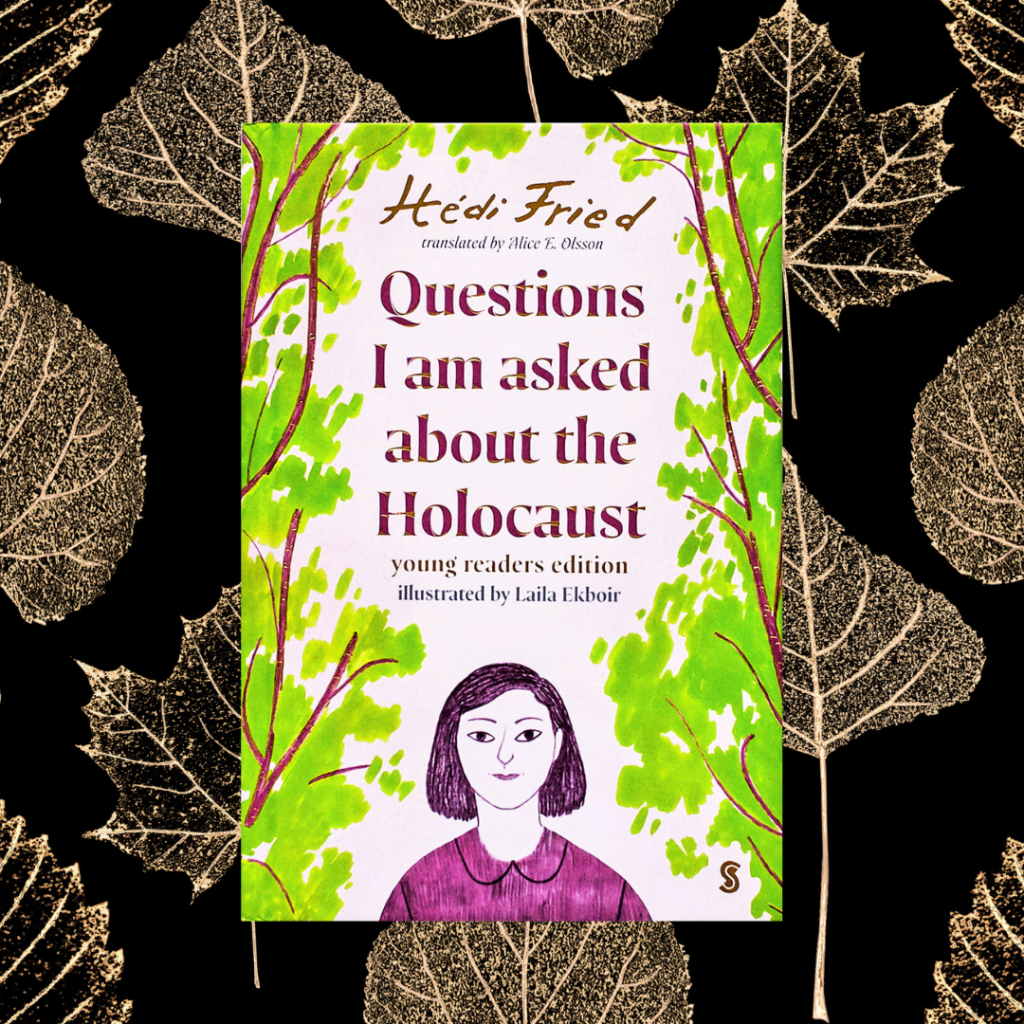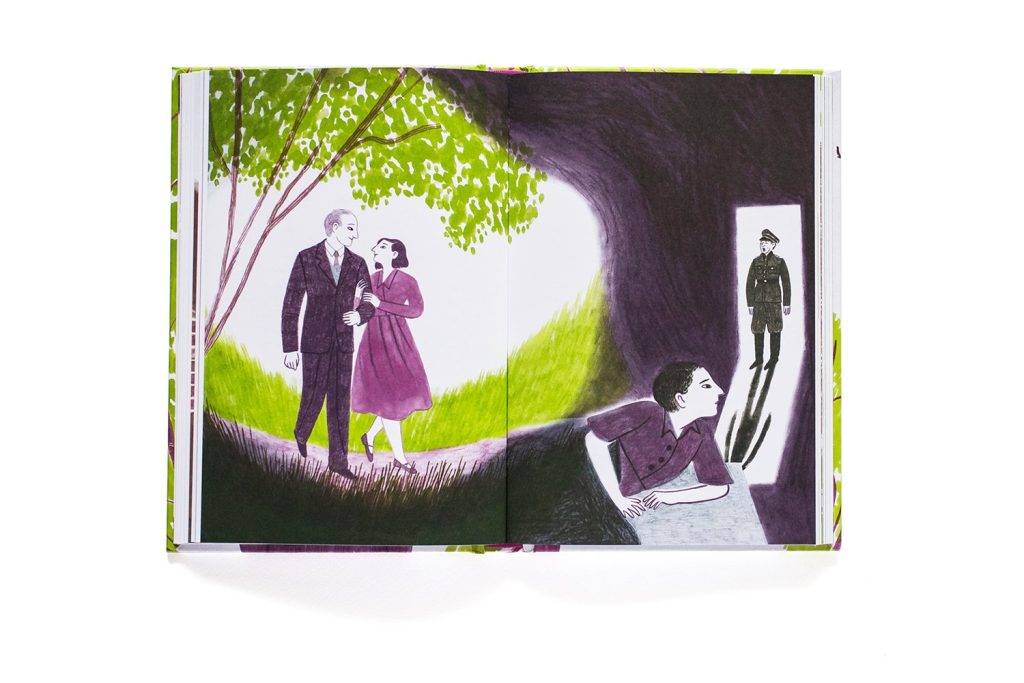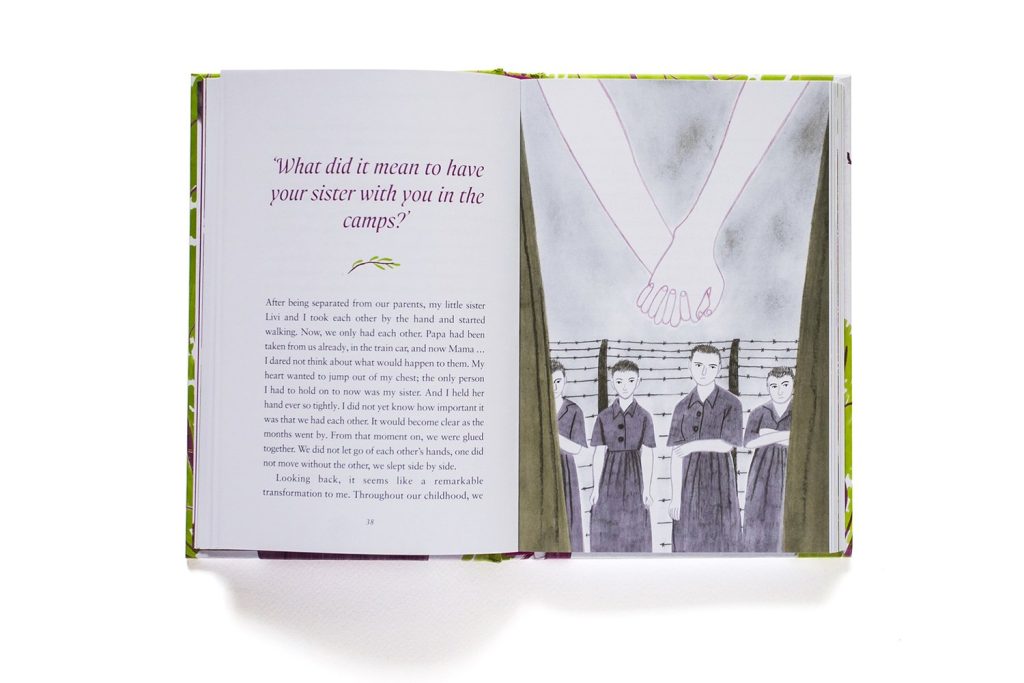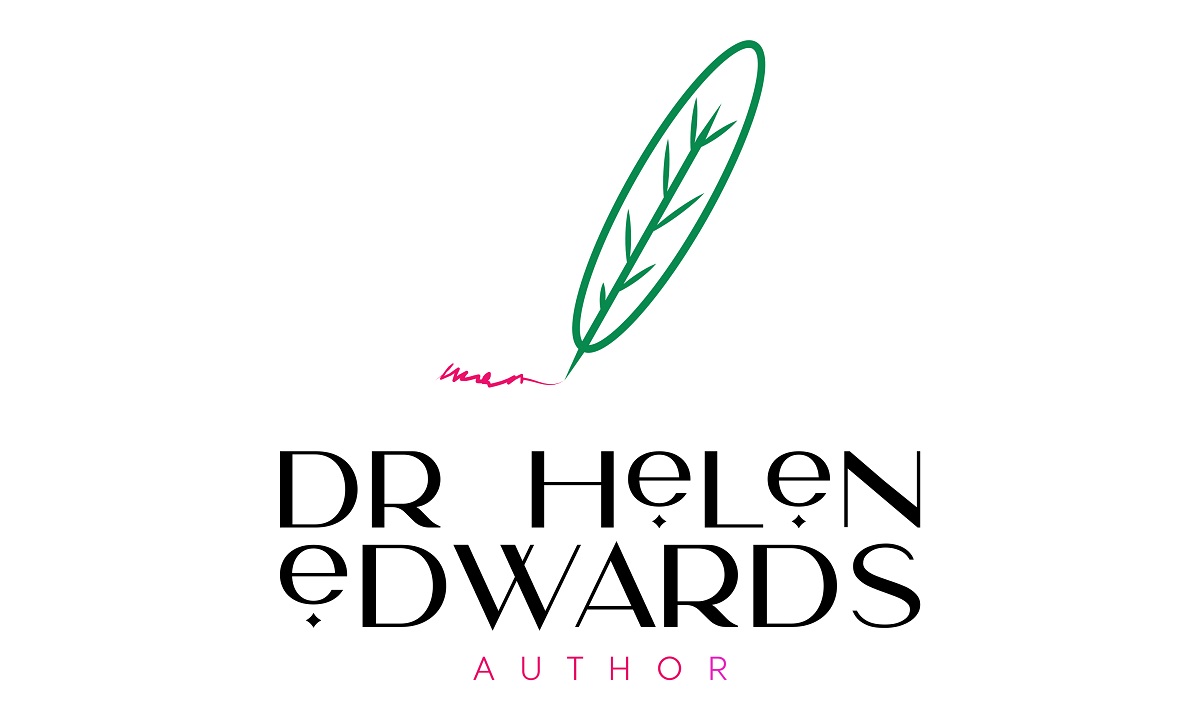Questions I am Asked About the Holocaust by Hédi Fried: Young Readers Edition

When I was asked by Scribble Kids Books if I would be interested in reviewing a copy of Questions I am Asked About the Holocaust: Young Readers Edition, I didn’t hesitate to say yes. They have been lucky to adapt this important book into a format for children and younger readers.
Hédi Fried was nineteen when the Nazis arrested her family and transported them to Auschwitz. While there, apart from enduring the daily horrors at the concentration camp, she and her sister were forced into hard labour before being released at the end of the war.
After settling in Sweden, Hédi devoted her life to educating young people about the Holocaust. In her 90s, she decided to take the most common questions, and her answers, and turn them into a book so that children all over the world could understand what had happened.
This is a deeply human book that urges us never to forget and never to repeat.
I hadn’t read the original, released in 2019. I hadn’t heard of Hédi. As I became more and more engrossed in her beautiful writing in response to the questions she has most often been asked by children, I became more and more grateful for the opportunity to learn from her experiences, all these years later.
For me, as an adult, this younger readers version was the perfect way gain deeper understanding about the experiences of someone who was actually in both Auschwitz and the labour camps. Having each question as its own chapter, allows you to dip in and out from the book and to take time to breathe, time to digest.
Hédi Fried (1924–2022) was an author and psychologist. She was deeply committed to working for democratic values and against racism. She was born in the town of Sighet, in Romania, was transported to Auschwitz in 1944, and worked in several labour camps, eventually ending up in Bergen-Belsen. After liberation, she moved to Sweden with her sister. Her bestselling autobiography, Fragments of a Life: the road to Auschwitz, was published in English and Swedish in the 1990s.
Scribble Kids
The first thing about this hardback edition, is that it’s an incredibly beautiful book. I always love a hardback book and this is one you will want to return to again and again, not only for its depth of content, but for its superb illustrations. Green and aubergine, which feature on the cover and throughout the book, are used with great skill by artist Laila Ekboir, an Argentine illustrator, to create movement and light, and resting places throughout the often difficult text.

A very special tree, which is an important moment for Hédi in answering the question, ‘What was the best?’ is repeated across the illustrations and chapter headings, reminding us of the courage and hope that Hédi describes being found in nature, in a living thing, even in such horrific conditions.
As these questions are all asked by children, following Hédi’s many lectures over the years, there is no holding back, and they range from ‘What is the worst thing that happened to you?’, to ‘Do you hate the Germans?’, ‘What was it like to have your period?‘, and ‘Are you able to forgive?’
The questions are insightful and broad reaching and often challenging. Hédi’s answers are beautifully crafted, honest, raw, sometimes heartbreaking, often filled with glimmers of light, and always moving. Her story shows how even under the most extreme of circumstances, human beings can find hope, especially when they have each other. She talks in particular about the fact that it was having her sister to cling to, to sleep beside and to walk beside, that helped her survive.

As you would expect from a book about the experience of Auschwitz, where Hédi’s parents were murdered and she and her sister were forced into hard labour until the end of the war, there are many shocking, terrible moments, but they are told with sensitivity and complete openness, translated by Alice E. Olsson, a literary translator, writer, and editor working across Swedish and English.
You see the ability of human beings to move ever-onwards, to become almost robotic in the drive to live. You also hear of the fading of a person, of the terrible hunger and obsessive focus on food, when all you have to eat is ‘black bread’ and watery soup. Like many who survived, this obsession with food never left Hédi’, always keeping an over-full fridge for the rest of her life.
This is a deeply moving and deeply human story that should be in every school classroom. It has the strong message running through each answer, that the Holocaust is something we must never forget and we must never repeat. The way to do this, says Hédi, is not just through knowledge that ‘addresses only the mind, as this can be easily forgotten.’ Rather, she says, the knowledge of what happened ‘must also reach the heart, where it can awake emotional learning.’
She ends by saying: ‘We will never get an unequivocal answer as to why the Holocaust happened. But through compiling all of these hows, whens, and whats, we can paint an image of the past, of the visible and hidden forces that led there.’
This book teaches children that revenge only leads to an endless cycle of hatred. It shows the strength of human spirit and the need for understanding and connection.
If people of all colours, all creeds, all ethnicities, and all ages close ranks against those who do not understand how well off they are in our democracy, we will be able to hold onto what we have.’
Hédi Fried
You can find out more about this important book and about Hédi Fried here. I recommend you read it and share it with your children.
Helen
Thank you to Scribble Kids Books for a copy of this book for review.
